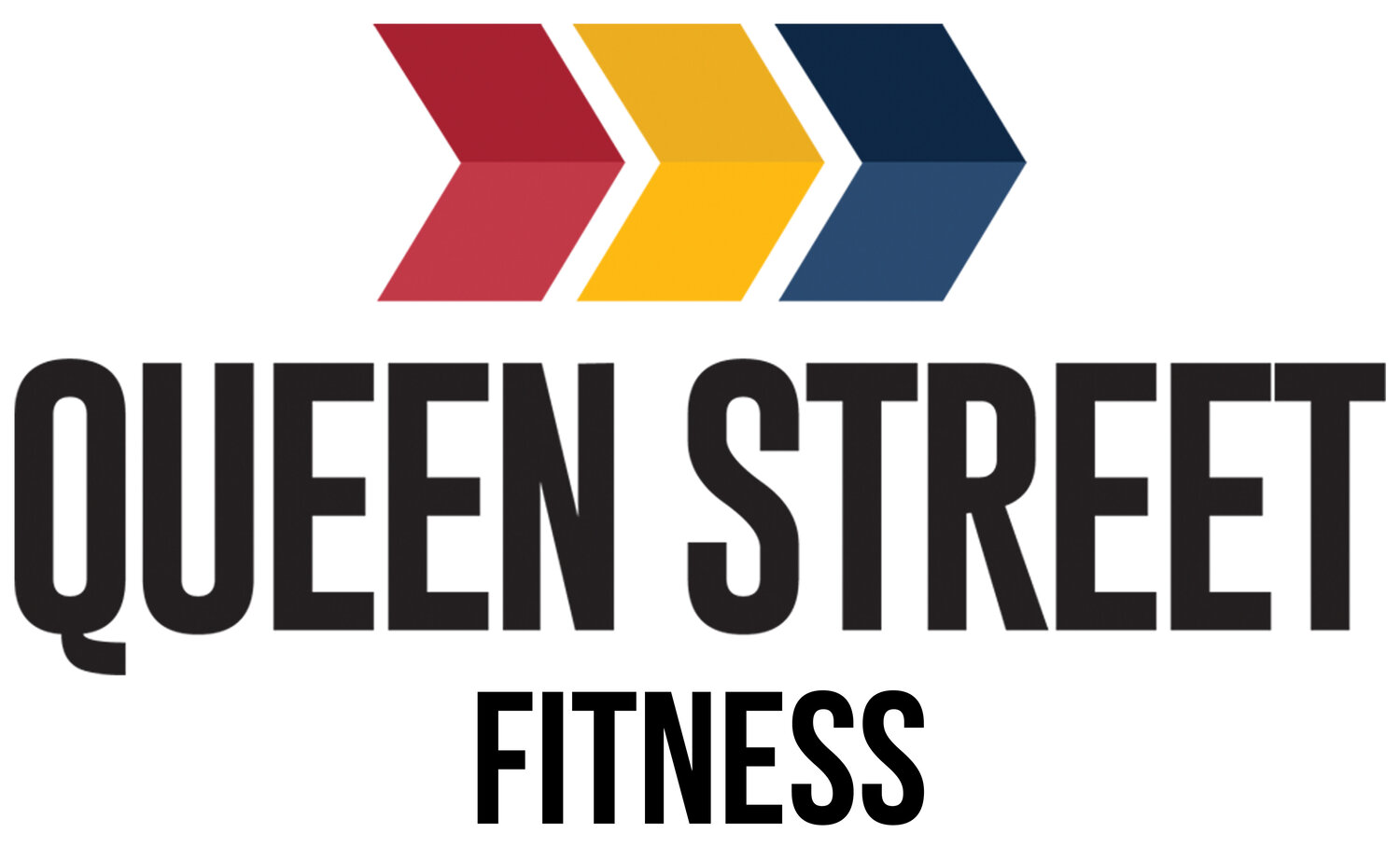What is “load vs capacity” and why is it important?
The Load vs Capacity framework helps us understand how pain and injuries occur, as well as how we can improve our bodies’ physical abilities. By relating the components of our lives to our current ability to handle them, it gives insight into how we can alter our habits and behaviors to become the most capable, resilient, and healthiest version of ourselves.
Capacity
The dotted line represents your capacity - how much your body is able to handle at this point in time. When you operate below this threshold, you remain healthy and relatively pain-free. But, once you surpass this line you put yourself at a higher risk of pain, injury, or burnout.
load
A load is anything that requires physical, mental, or emotional energy and acts as a drain on your battery throughout the day. Exercise, sleep, and stress at work are all examples of loads, and depending on what is going on in your life, their magnitude may vary week to week, day to day, or even hour to hour.
Let’s take a closer at some of the loads you may be currently carrying.
1st LOAD - Anatomy
The first load is your unique anatomy. Due to a previous injury or features you were born with, this box represents any aspect of your body that may not be serving you the way you would like. This can be as simple as the length of your upper leg bone or as complex as a past fracture or tear. This doesn’t necessarily mean that you face a problem in daily life, just that you are aware of your unique body and its limitations.
2nd LOAD - Recovery
The second load represents the things that contribute to how effectively you recover. We often refer to these items as SDS - your stress response, diet quality and quantity, and sleep hygiene. The less optimal each of these is, the greater the size of the box and the closer you are to your capacity.
3rd LOAD - Body’s Ability
The third load represents your functional scope. Put simply, this answers the question, “what can you do?”. Do you have any significant flexibility and/or mobility limitations? Do you have a strength imbalance on one side compared to the other? Are you able to perform movements confidently and comfortably? The more significant our imbalances in mobility, strength, or movement competency, the more load we place on our system during any activity.
4th Load - Other
The fourth load is the stress on your system from other parts of life, such as work, home life, and interpersonal relationships. The size and degree of this load is very individualized, but perhaps you have a demanding job, kids at home, and recently got into an argument with a friend. Each of these act as a large drain as you move through your day, and compounded with each of the loads before, you can now see that we are inching quite close to your capacity.
5th load - Activities
The final load is all of the activities that you want to engage in (including exercise). As you can see, once everything else in your life is accounted for, the space left over for the final load is quite limited.
To illustrate how pain occurs, let’s consider exercise.
You come into the gym after a long day and grab some weights to begin your first exercise. At this point, you are still operating below your capacity, so you feel good. You move on to the stationary bike. Everything feels fine at first, but after a few minutes you notice a slight irritation in your hip. You are now hovering right at your capacity line. Finally, you decide to do some squats. After one repetition the irritation in your hip turns sharp and stabbing. You have now exceeded your capacity.
How can i use load vs capacity to thrive?
The key thing about the load vs capacity model is that each component is malleable. Rather than eliminate loads altogether, we can instead look to what is within our control and better manage our behaviors to shrink the boxes, leaving more room for exercise.
Anatomy - Unfortunately, there isn’t much to be done about our unique bodies. This load is fixed.
Recovery - Stress, diet, sleep. Through lifestyle changes, you can implement better stress management strategies, eat in a way that is supportive of your goals, and reevaluate your sleep habits. Each of these in practice will greatly reduce the size of this load.
Functional Scope - By addressing strength, mobility, and movement limitations through specific drills and exercises, you can allow your body to move fluidly into each and every position.
Other - Depending on the nature of your job and family circumstances, this box may be more or less malleable. However, by focusing on the pieces that are within your control, you may be able to increase efficiency and delegate tasks at work, tag-team with your partner for childcare, and surround yourself with people who recharge your battery rather than drain it.
As you can see, by shrinking the size of the loads, you now have much more room to do the things you want to without exceeding your capacity.
In addition to decreasing the size of your loads, you can also increase your capacity. Through programming specific to your current loads and capacity, you can train in a way that will mindfully push your limit and gradually increase what you can handle over time.
By taking accountability over what is within your control and intentionally increasing your capacity over time, you will be able to live your healthiest life doing all the things you want to without fear of pain or injury, as long as you know your limit and stay within it.

